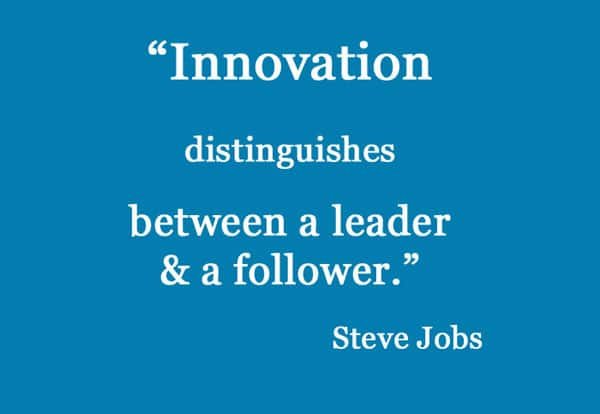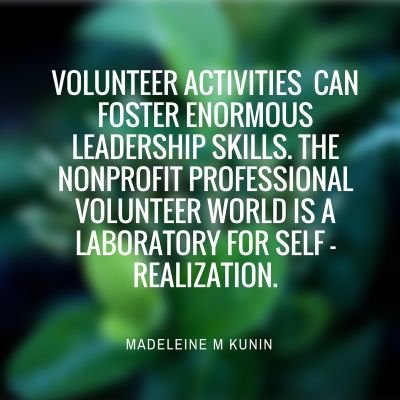Smart Leaders See No Fundamental Conflict Between Innovation and Continuity

A leadership challenge for our times
In this post I want to explore some of the dimensions of this question: how do you combine a real commitment to innovation while ensuring business continuity, continuing profitability and growth?
I don’t pretend to have the answers. I do believe the topic is worth some consideration in terms of corporate leadership.
Any of us who are or have been senior executives or board directors know the challenge of weighing up possibly great new ideas against our responsibility for the longer term continuity of the business or organization.
I realize that some may see this as a no-brainer. You have policies in place, especially for risk mitigation, you do cost-benefit analysis, you may do a good old SWOT analysis. You make the decision. Easy.
Or is it?
Maybe it was relatively more straightforward in less fast-moving corporate times, before the complexity and speed of change got amped up. I believe the challenge is harder now than it would have been in some past times.
I also believe that savvy board members and other leaders these days do not see a basic conflict between innovation and continuity, or between innovation and growth.
In fact, there is surely a logic that says that for the foreseeable future and maybe forever henceforward, continuity and growth without innovation is going to be generally unlikely or even impossible.
Sometimes there is a very compelling, low-risk case for innovation
Some innovation – say in streamlining outmoded processes and practices – can actually be essential for the continuity, even the survival of the company.
 Some years ago, working as a consultant with a team focused on advanced manufacturing techniques, I was amazed, on visiting more than one company, at glaring inefficiencies in production and logistics that were being overtly and even blithely tolerated by management, either because of the likely cost of fixing the problems, or industrial relations concerns, or a combination of both. And I suspect it was an illustration of the old maxim “Everyone’s problem is no one’s problem”.
Some years ago, working as a consultant with a team focused on advanced manufacturing techniques, I was amazed, on visiting more than one company, at glaring inefficiencies in production and logistics that were being overtly and even blithely tolerated by management, either because of the likely cost of fixing the problems, or industrial relations concerns, or a combination of both. And I suspect it was an illustration of the old maxim “Everyone’s problem is no one’s problem”.
It was no surprise to me to learn that, not very long after, at least one of those firms, a very long established company, had closed its doors.
So it doesn’t follow by any means that making a full commitment to innovation – not just to the R&D, but to the full cycle through to execution – needs to always or even often pose an existential threat to an organization.
But sometimes even well-developed innovation projects don’t get the green light
There can be all sorts of reasons for innovation projects not getting the full go-ahead and they are not all to be lightly dismissed.
Sometimes there there may be a genuinely felt perception of existential threat to the company if the project goes ahead.
Or that stated perception may be a cover for an unstated or even unrecognized culture of risk-intolerance.
And we all know that corporate decisions, like a lot of decisions we make in everyday, non-corporate life, are sometimes (often?) made at least as much for emotional reasons as for narrowly logical ones. I’ve seen that around more than one board table.
So it’s not always going to follow that even the most professionally developed and strategically appropriate innovation is going to get full corporate commitment through to full execution.
Innovation leaders challenged
This whole train of thought was prompted by my re-listening to an interview I did last year with San Francisco based executive coach Michael “Coop” Cooper, in which he talked among other things about a challenge shared with him by innovation leaders from some major corporations, who talked about the problem of getting commitment to execution for innovation projects.
Companies, Coop said, were not making real investment at a level commensurate with real commitment to innovation. His comments are more nuanced than that and you can hear Coop’s exact words on the audio player at this link – 27.57 mins to 29.27 mins (just use the slider to get to the correct point).
Sometimes the business model needs change
I also had a long conversation recently about these matters, especially in terms of the leadership responsibilities of senior executives and board members, with my friend and colleague David Dalka, whose wonderfully named Fearless Revival company provides CEOs and CXOs with customized services for business model transformation. David is not only very smart but very well read and a great challenger of status quo thinking.
So I asked him for his thoughts on this challenge of balancing the need for innovation with the need for business continuity. And I’ll round this post out with his perceptive comment, as follows:
“A board’s primary duty remains the going concern of the organization. This includes considering business model shifts and innovation to make sure the firm remains relevant in the future.”
Sometimes, or let’s be daring and say usually, that requires – as David’s website points out – a change of mindset and altering of priorities.
Your views?
What’s your perception on this? Do we have today enough of the kind of corporate leadership that can balance successfully the risk there may be in innovation with responsibilities for continuity and growth?
Des Walsh
Business coach and digital entrepreneur. With coach training from Coachville.com and its Graduate School of Coaching, and a founding member of the International Association of Coaching, Des has been coaching business owners and entrepreneurs for the past 20 years. Over the same period he has also been actively engaged in promoting the business opportunities of the digital economy. He is a certified Neurolinguistic Programming (NLP) coach, and a certified specialist in social media strategy and affiliate marketing.




